Team description
MORPHEME is a joint research team between Inria, CNRS, Inserm and Université Côte d’Azur (UniCA), affiliated with Inria Centre at Université Côte d’Azur, Computer Science+Signals+Systems Laboratory (I3S) and Institute of Biology Valrose (iBV)
Its creation process started in 2010, and in 2013 it got the status of « Equipe-Projet Commune (EPC) ». It was renewed in 2023.
Key Facts
- Objectives: Characterize and model the morphological properties of biological structures from the cell to the supra-cellular scale with the intent of providing a better understanding of the development of normal tissues and a characterization at the supracellular level of pathologies such as the Fragile X syndrome, Alzheimer or diabetes.
- Motivation: The understanding of morphological and topological aspets in mesoscopic structures have a key influence on the functional behavior of organs and living entities.
- Positioning: At the interface between computational sciences and biology.
- Framework:
- Scales: from cell to supra-cellular scale;
- Modalities: microscopy imaging (confocal, fluorescence, 2-photon, phase-contrast, video), tomography;
- Data: in vitro and in vivo images (2D, 2D+t, 3D or 3D+t);
- Tools: image processing, statistical learning and computational modeling.
Research Axes
Imaging, Feature extraction, Interpretation/Classification, Modeling.
1. Imaging:
- Design of the suitable experimental conditions and the adequate preparation of samples
- Optimization of the acquisition protocol (staining, imaging…) and definition of relevant quantitative characteristics of interest
- Reconstruction/restoration of native data from noisy, under-sampled measurements to improve the image readability and interpretation
2. Feature extraction:
- Detection and delineation of the biological structures of interest in images by incorporating them into the previously defined models for improving the detection quality
- Observing feature evoluation to address morphogenesis and structure development.
- The main challenges are the variability of biological structures and the huge size of datasets
3. Interpretation/Classification:
- Inference of (quantitative/qualitative) parameters of the model considered used to extract the biological structure under study
- Classification schemes for characterizing the different populations based either on the model parameters or on some specific metric between the extracted structures
- The final goal is to provide biological information characterizing and discriminating between the different populations
4. Modeling:
- Forward modeling: modeling biological phenomena such as axon growth or network topology in different contexts using the expertise of the biologists/biophysicists in our team to calibrate/validate the models
- Inverse modeling: using a priori information to design a suitable model and extract relevant information from images
Representative publications
- Léo Guignard, Ulla-Maj Fiuza, Bruno Leggio, Julien Laussu, Emmanuel Faure, Contact area-dependent cell communication and the morphological invariance of ascidian embryogenesis. Science, American Association for the Advancement of Science (AAAS), 2020, 369 (6500), pp.158. PDF
- V. Stergiopoulou, L. Calatroni, H. Goulart, S. Schaub, L. Blanc-Féraud, COL0RME: Super-resolution microscopy based on sparse blinking fluorophore localization and intensity estimation, Biological Imaging, Cambridge University Press, 2022, 2. PDF
- Agustina Razetti, Caroline Medioni, Grégoire Malandain, Florence Besse, Xavier Descombes, A stochastic framework to model axon interactions within growing neuronal populations, PLoS Computational Biology, 2018, 14 (12). PDF
- Georgios Efthymiou, Agata Radwanska, Anca-Ioana Grapa, Stéphanie Beghelli-de La Forest Divonne, Dominique Grall, et al.. Fibronectin Extra Domains tune cellular responses and confer topographically distinct features to fibril networks. Journal of Cell Science, Company of Biologists, 2021. PDF
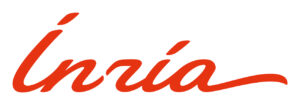 |
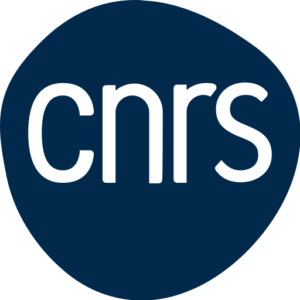 |
 |
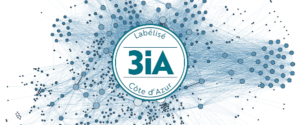 |
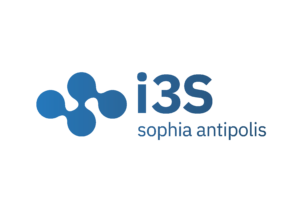 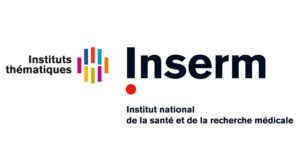 |

